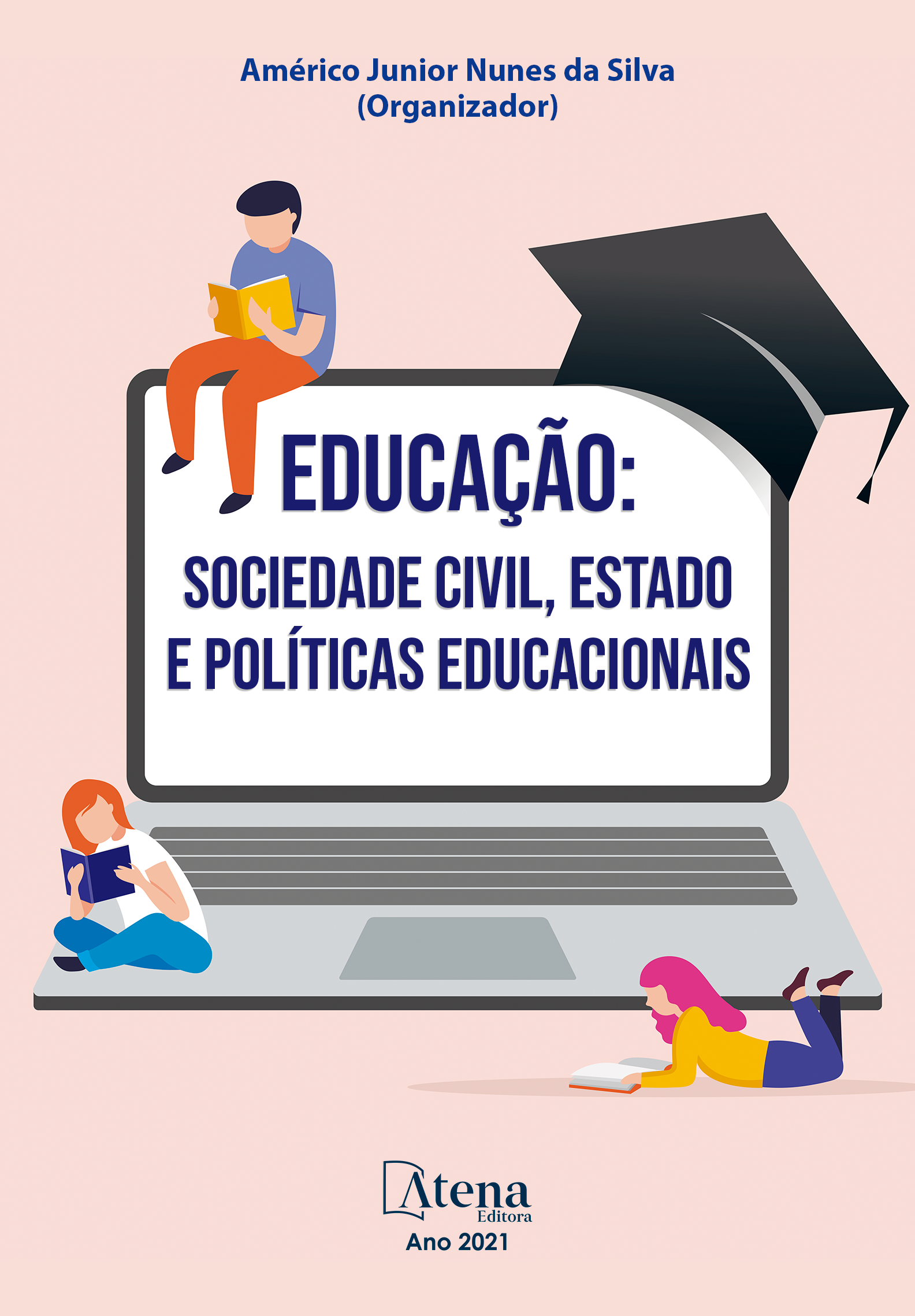
OS LIVROS DIDÁTICOS DE ENSINO FUNDAMENTAL E A PRESENÇA INDÍGENA EM PRESIDENTE KENNEDY/ES
Ao longo dos anos, a história indígena foi sendo contada através de um discurso estereotipado e estigmatizante, sob a ótica dos colonizadores, o que ajudou a desenvolver um distanciamento da história real dos povos originários do país. Nesse contexto, o objetivo deste trabalho é identificar como é feita a abordagem da história dos povos indígenas do Espírito Santo nos livros didáticos do 4º e 5º do ensino fundamental e como o estudo dos povos originários locais pode favorecer no resgate de elementos da identidade cultural, tornando uma aprendizagem mais significativa e integral, partindo da perspectiva do estudo da história indígena e tornando o conhecimento histórico como algo real para o aluno. A metodologia deste trabalho se deu através da análise de conteúdo de Laurence Bardin, utilizando como fonte, oito coleções de livros didáticos de história, sendo feita a análise dos conteúdos existentes sobre a história dos povos indígenas. Nos livros didáticos analisados, os indígenas são construídos a partir de uma história que os suspende no tempo e no espaço, restringindo sua existência aos relatos de cronistas ou antropólogos. Esta situação se reflete na distribuição temporal do texto, já que se fala em indígena como “os primeiros habitantes”, não citando, ou o fazendo de forma vaga e superficial, ao longo do tempo. Essa suspensão no tempo da imagem do indígena é reforçada pelo uso de registros iconográficos, que mostram o nativo com peles, lanças, em suas jangadas, descontextualizando sua existência atual.
OS LIVROS DIDÁTICOS DE ENSINO FUNDAMENTAL E A PRESENÇA INDÍGENA EM PRESIDENTE KENNEDY/ES
-
DOI: 10.22533/at.ed.8192101026
-
Palavras-chave: História; Livro Didático; Espírito Santo; Identidade cultural; Povos Indígenas
-
Keywords: History; Textbook; Holy Spirit; Cultural identity; Indian people
-
Abstract:
Over the years, indigenous history was being told through a stereotyped and stigmatizing discourse, from the perspective of the colonizers, which helped to develop a distance from the real history of the peoples of the country. In this context, the objective of this work is to identify how the history of the indigenous peoples of Espírito Santo is approached in the textbooks of the 4th and 5th grades of elementary school and how the study of local indigenous peoples can favor the rescue of elements of cultural identity, making learning more meaningful and integral, starting from the perspective of the study of indigenous history and making historical knowledge as something real for the student. The methodology of this work was based on the content analysis of Laurence Bardin, using as source, eight collections of history textbooks, with an analysis of the existing contents on the history of indigenous peoples. In the analyzed textbooks, the indigenous people are built from a history that suspends them in time and space, restricting their existence to the reports of chroniclers or anthropologists. This situation is reflected in the temporal distribution of the text, since indigenous people are spoken of as “the first inhabitants”, not mentioning, or doing so vaguely and superficially, over time. This suspension in time of the image of the indigenous is reinforced by the use of iconographic records, which show the native with skins, spears, on their rafts, decontextualizing their current existence.
-
Número de páginas: 15
- Sebastião Pimentel Franco
- Naiara Henrique Lima Faro


